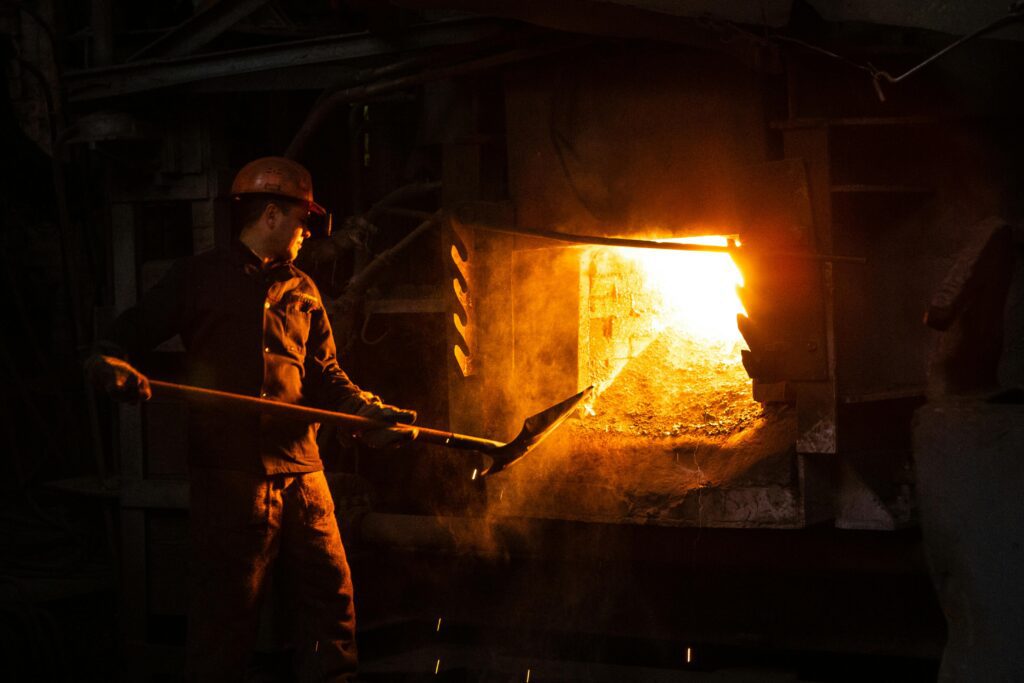
In this article “Bandhua Mukti Morcha v. Union of India and Ors.-Easily Explained” ,we will delve into this important case law regarding the rights of labourers.The Bandhua Mukti Morcha v. Union of India and Ors is a landmark case law that defined the scope of Article 32 of the Indian Constitution, upheld the spirit of Public Interest Litigation (PIL) and protected the rights of bonded labourers.
1. Facts
a) In Bandhua Mukti Morcha case law , an NGO( Bandhua Mukti Morcha ) wrote a letter to Justice Bhagwati of the Supreme Court Of India ,regarding the inhumane conditions under which bonded laborers were working(many of them being migrant workers) in two stone quarries in Faridabad.
b) The letter was taken as a writ petition by the Supreme Court of India under Article 32 of the Indian Constitution.
c) The Supreme Court of India appointed two advocates as commissioners to inquire into the matter.
d) The commissioners on visiting the quarries , interviewed each of the persons mentioned in the letter to find out about their dire consequences .
e) The commissioner’s report to the Supreme Court Of India confirmed the allegations made in the letter.
2. Issues
a) Whether the letter addressed to the judge can be considered as a writ petition.
b) Can the court appoint a commission to make a report under the scope of Article 32?
c) Whether the workmen were bonded laborers or not.
d) Whether the fundamental rights of the workers were violated or not.
3. Judgement
a) The Three Bench Judge, stated that the letter can be considered as a writ petition when the petition or the one whose rights have been infringed is from weak social and financial background as a result if which they don’t have the ears nor the knowledge to file a writ petition in the Supreme Court of India.
b) The Supreme Court of India also upheld the spirit of Public Interest Litigation (PIL).
c) In Bandhua Mukti Morcha case law it was held that the scope of Article 32 is not merely confined to issuing writs but it’s much wider including the issuing of directions, orders etc. to protect the fundamental rights.
d) The court also found that the workers were indeed bonded labourers and their rights was infringed.
e) The Government of Haryana as well as the Central Government were given directives to ensure proper implementation of various Acts like Bonded Laborers Act,1976 , Minimum Wages Act,1948 etc. and to rehabilitate the bonded labourers.
If you want to learn about the Bangalore Water Supply Case, then visit https://lawtract.com/bangalore-water-supply-and-sewerage-board-vs-a-rajappa-others/
Want Similar Article like “Bandhua Mukti Morcha v. Union of India and Ors.-Easily Explained”, you can visithttps://lawessential.com/case-comments-1/f/bandhua-mukti-morcha-v-union-of-india-1984-air-802

